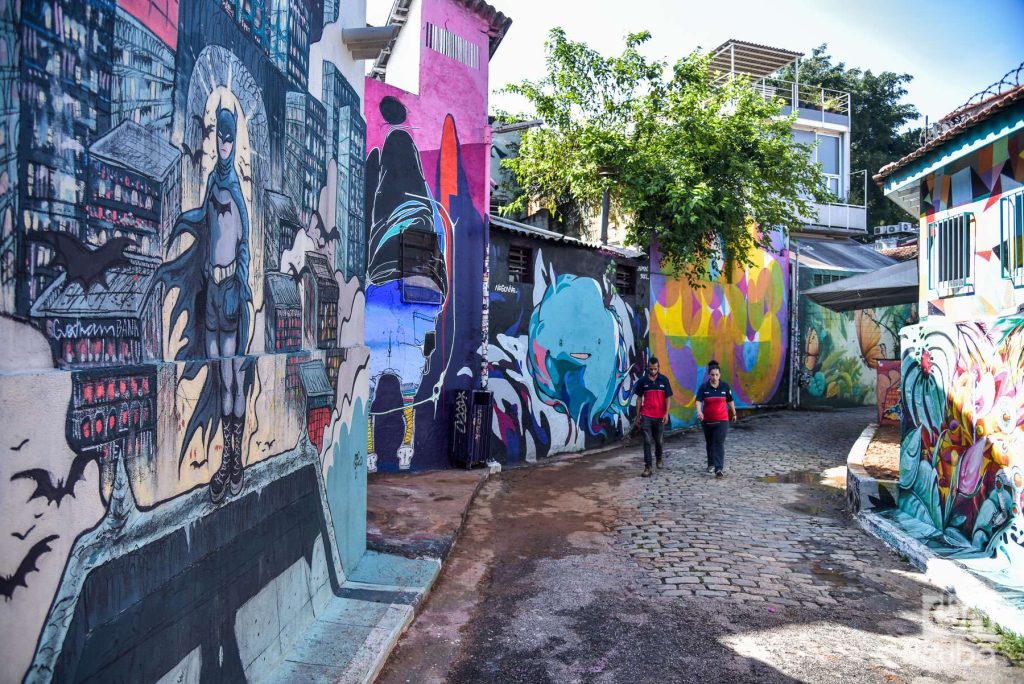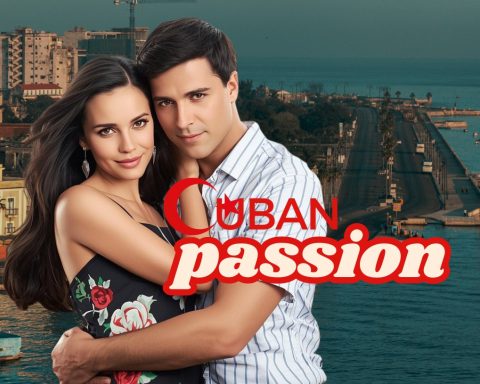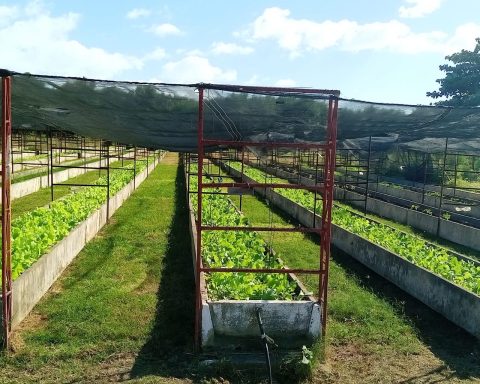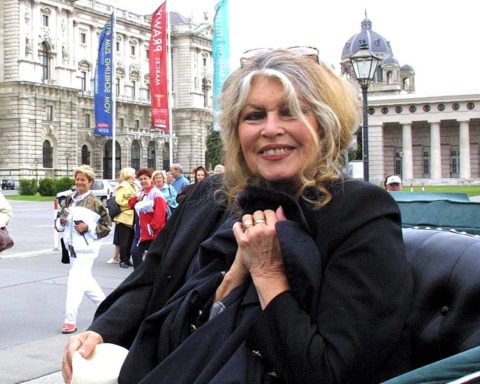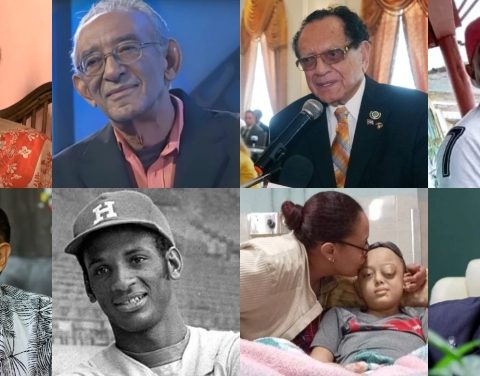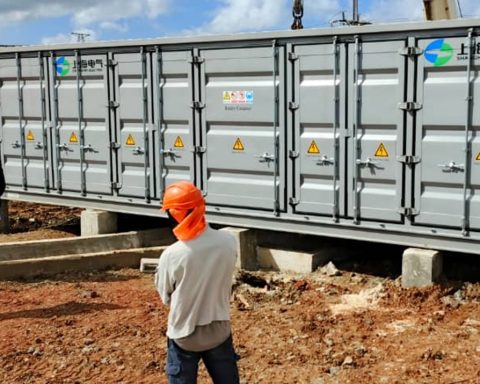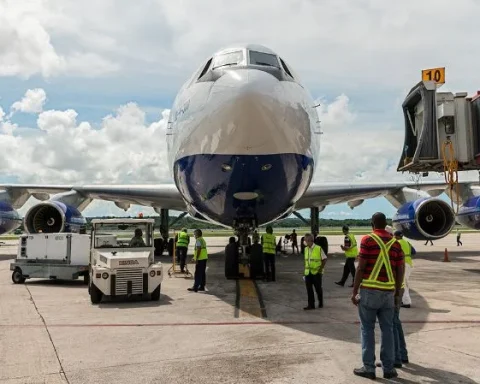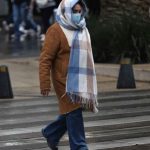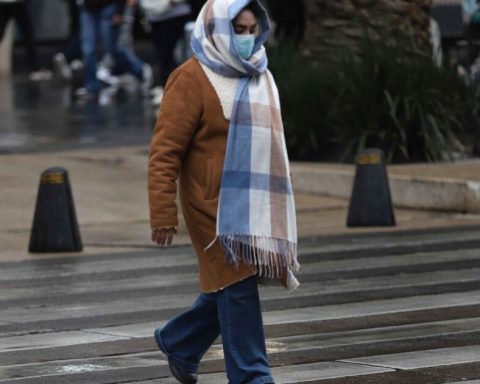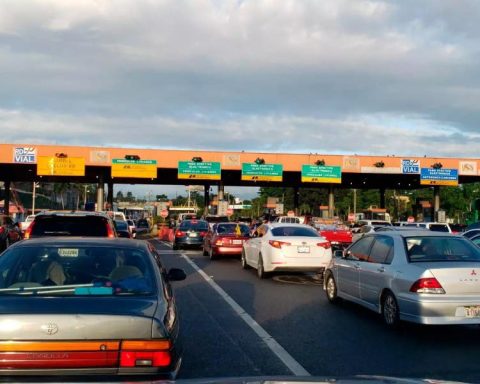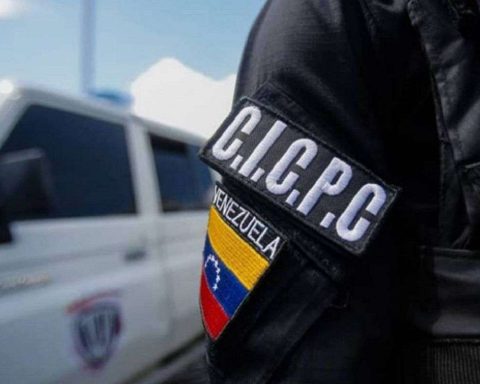Retracing the giant and cosmopolitan Sao Paulo, in Brazil, a little away from the skyscrapers and the swarm of passers-by in one of the most populated cities in the world, I came to an impressive and colorful alley. The neighborhood was Vila Madalena, known for being the center of culture and bohemian art in the city. That place was full of murals and graffiti in intense colors, with enigmatic figures or famous comic book characters, such as Batman. He had entered the famous “Beco do Batman”, a temple of street art, an open-air gallery in Sao Paulo.
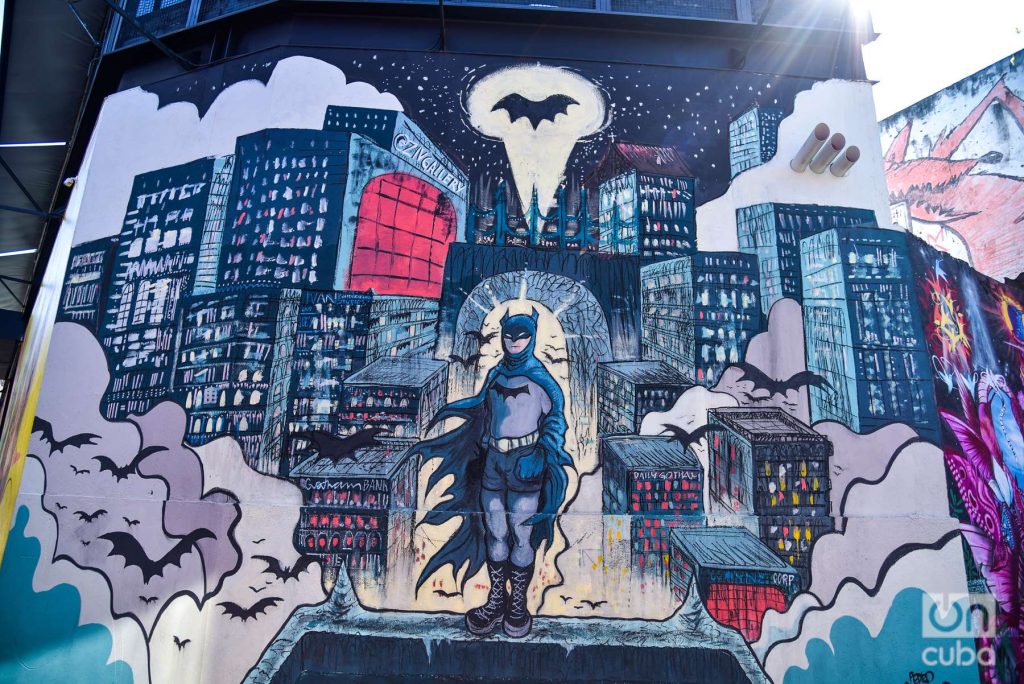
It was a Thursday, very early in the morning. There was no one. I saw before me the unique opportunity to portray that pictorial explosion, free from the waves of tourists who arrive there daily to take selfies and broadcast live on social media. In fact, I learned that the alley has become one of the most “instagrammed” places in Brazil.
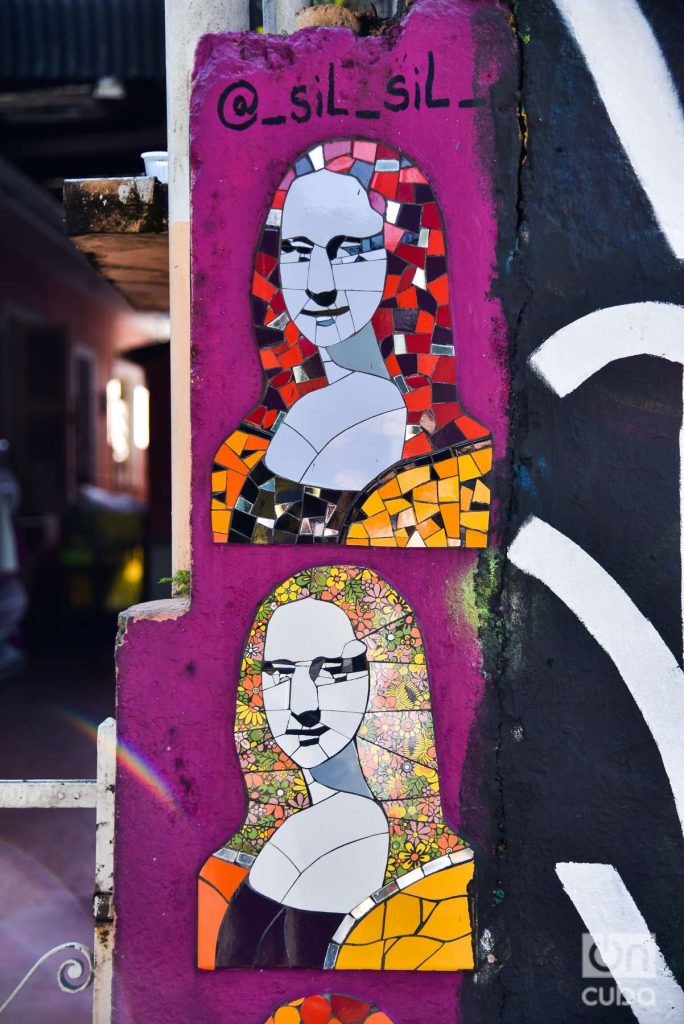
Batman Alley, as it is translated into Spanish, is actually made up of three arteries that converge at a central point, where Gonçalo Afonso Street and Medeiros de Albuquerque Street intersect.
In every direction that he looked while walking there were colors and figurations. Psychedelic images appeared. Others were hyper-real. The facades of the houses, their doors and windows, the buildings, the curbs on the narrow sidewalk, the light poles… absolutely everything makes up a large fragmented canvas on which urban artists have left their mark over more than three decades. .
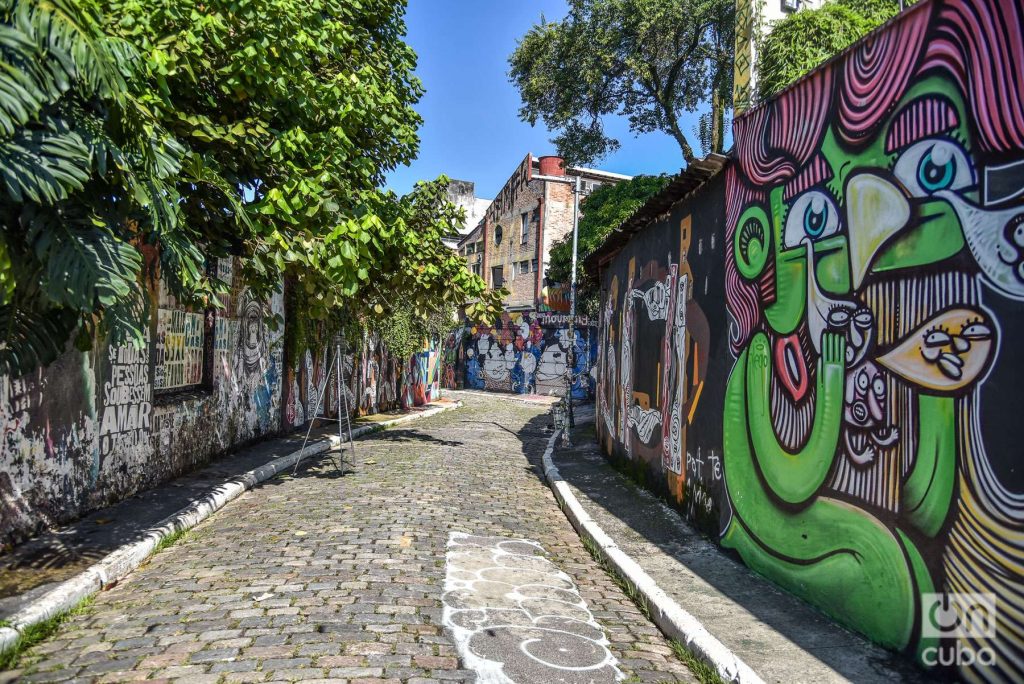
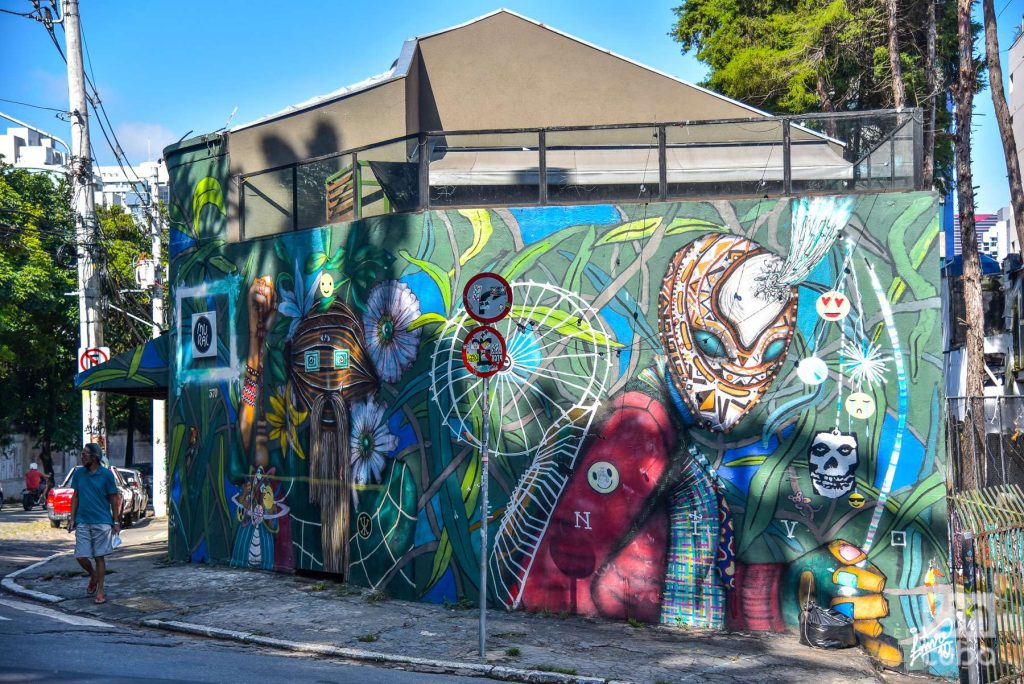
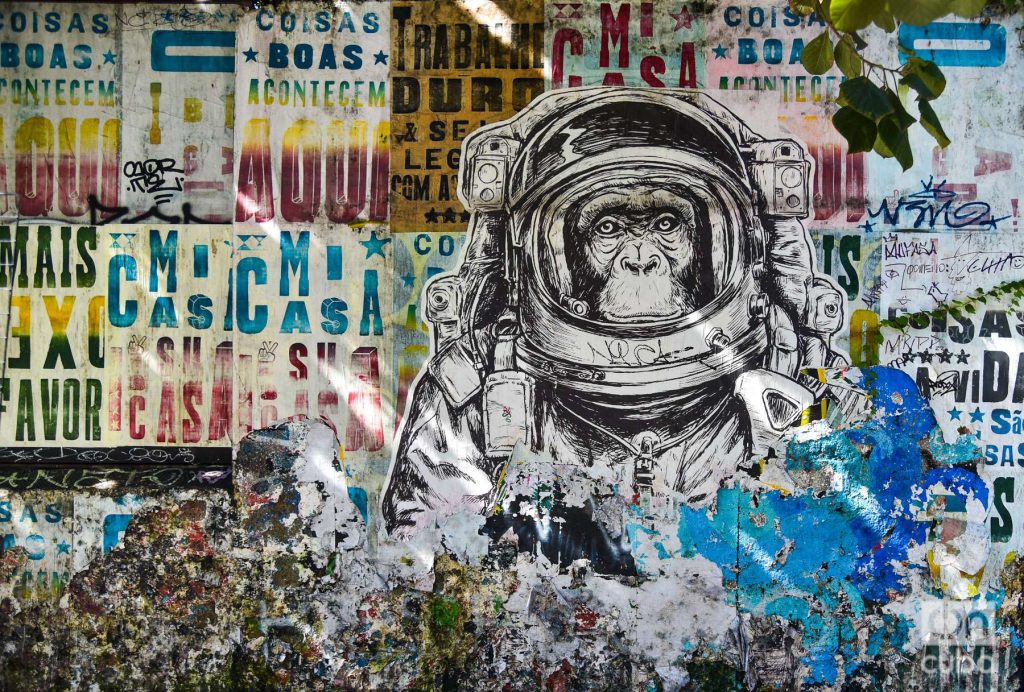
There are a wide variety of styles and techniques. The works also vary in format. Small, very discreet designs coexist with huge murals that cover an entire wall or even a building. The diversity of themes is also obvious; from portraits of famous people to abstractions.
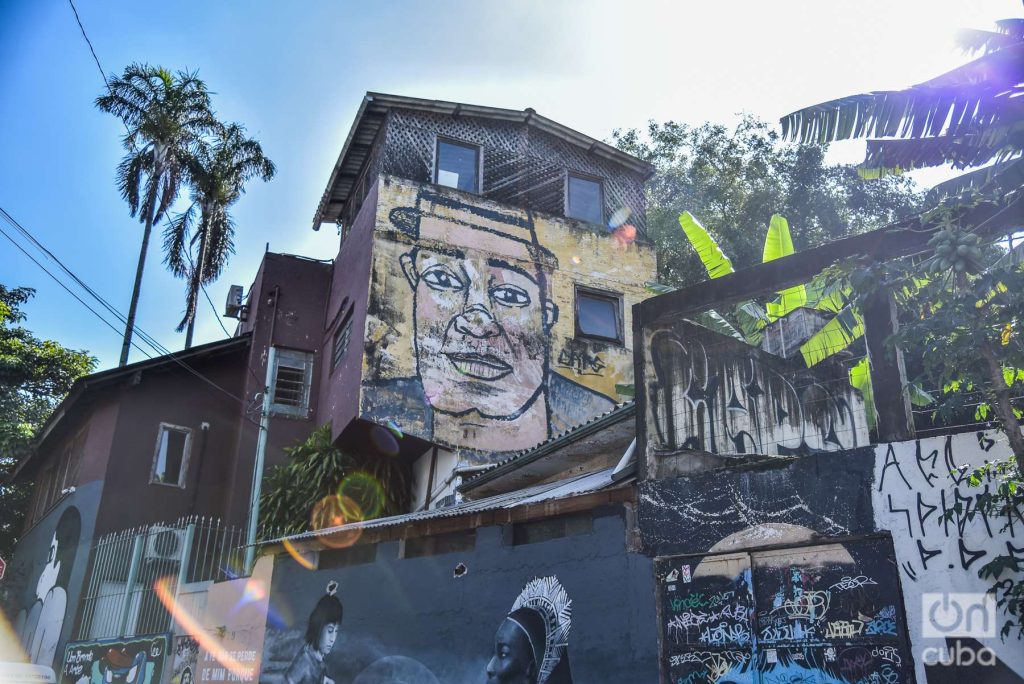
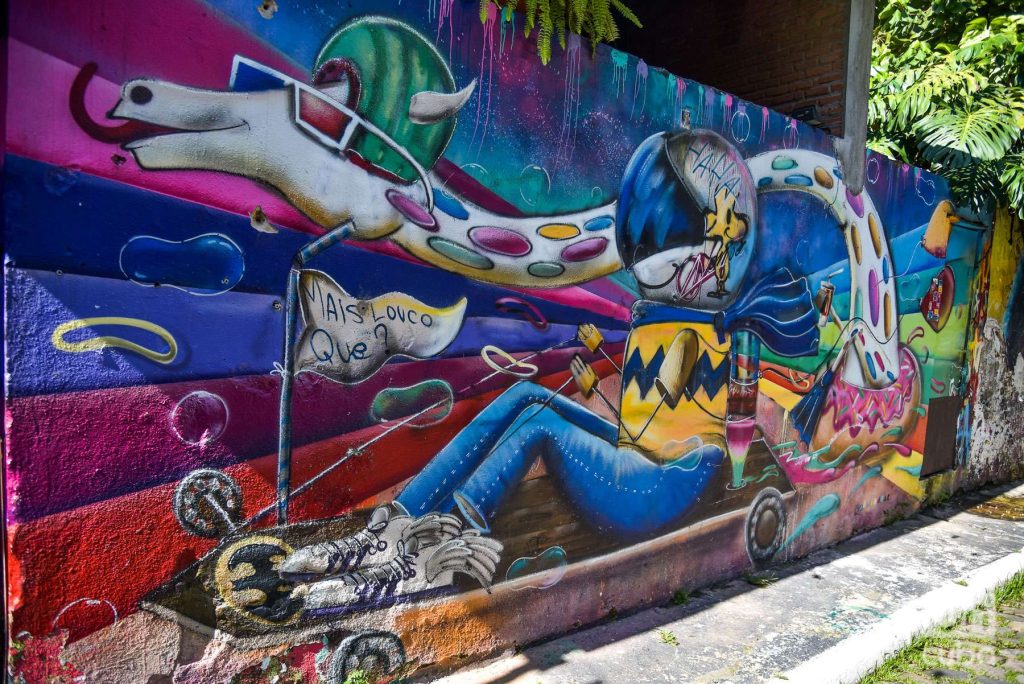
In perfect portuñol, a resident of the place, who noticed my appearance as a foreign photographer, told me that the move to paint the alley started in the early 80’swhen a drawing of Batman appeared on one of the walls.
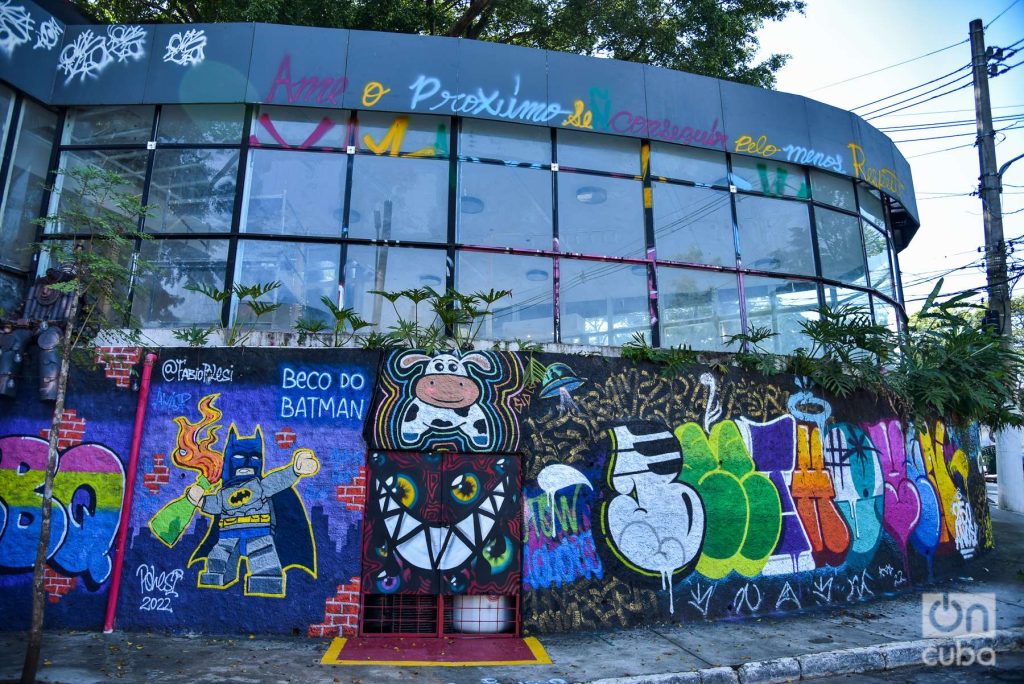
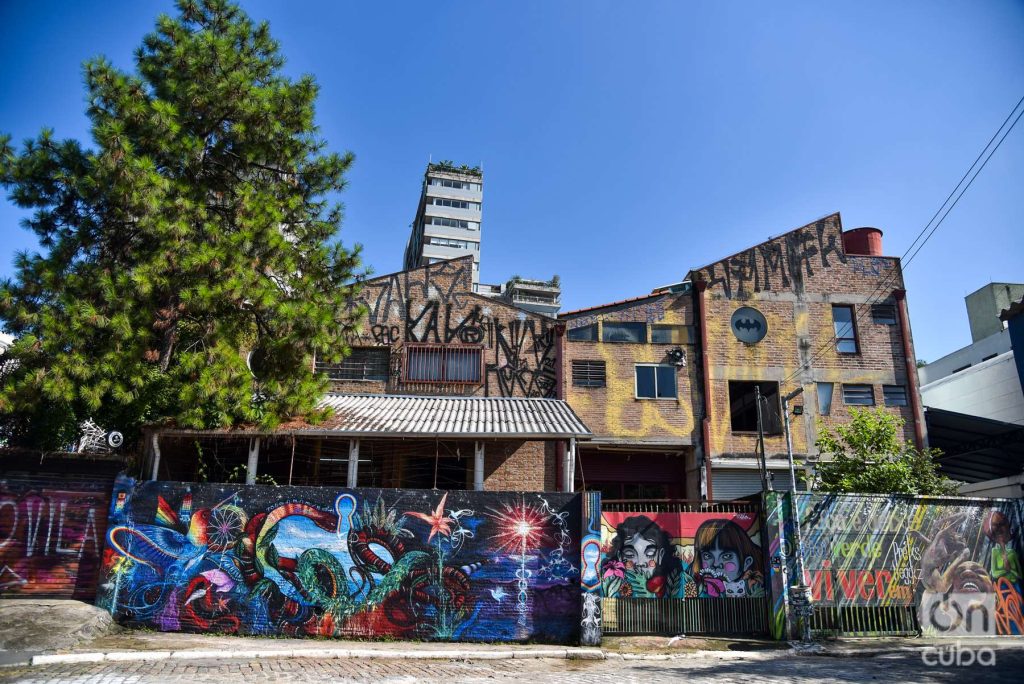
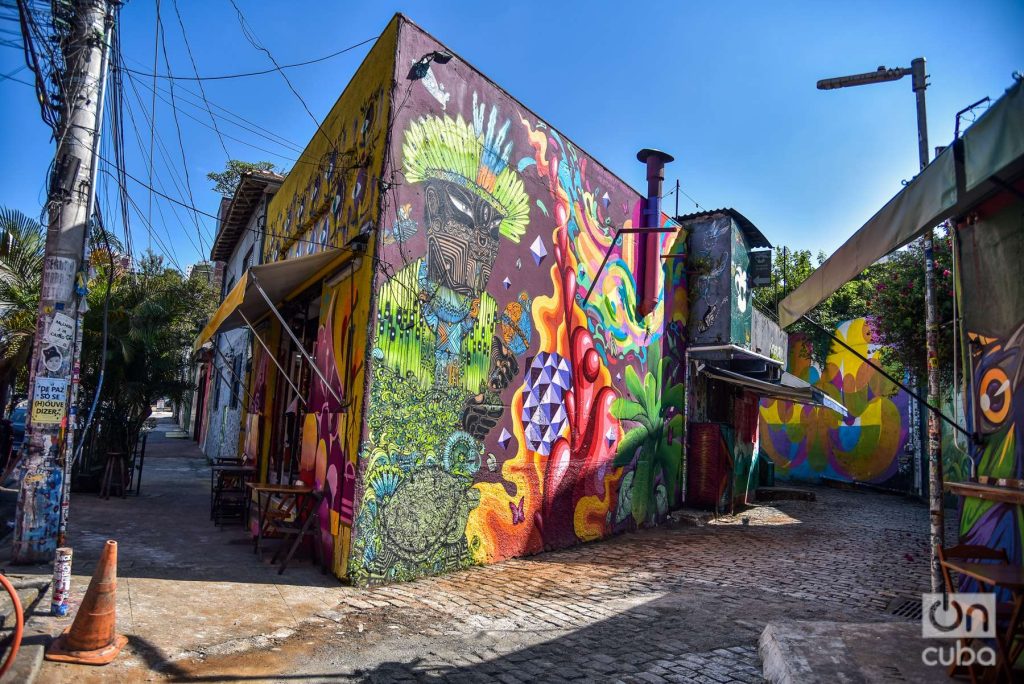
“The neighbors liked it. Then students from a Fine Arts school near here arrived and began to intervene on the facades of the houses with murals. Thus, little by little, this marvel was put together”, says my interlocutor, while pointing to some graffiti in which characters or winks to the comic strip of the man-bat appear, such as a sensual and colorful Catwoman.
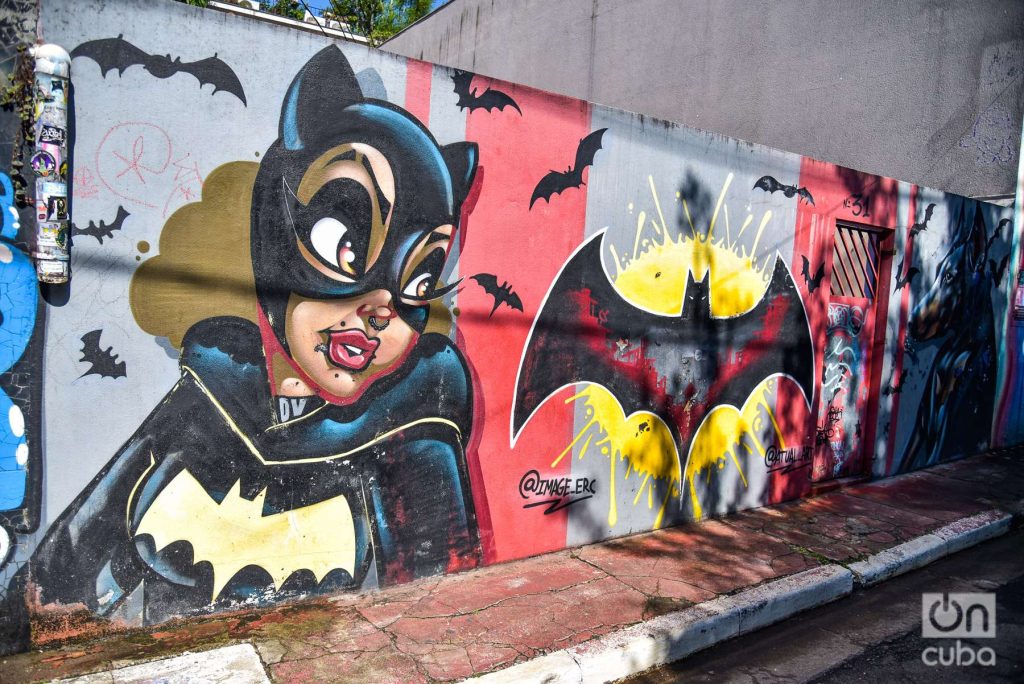
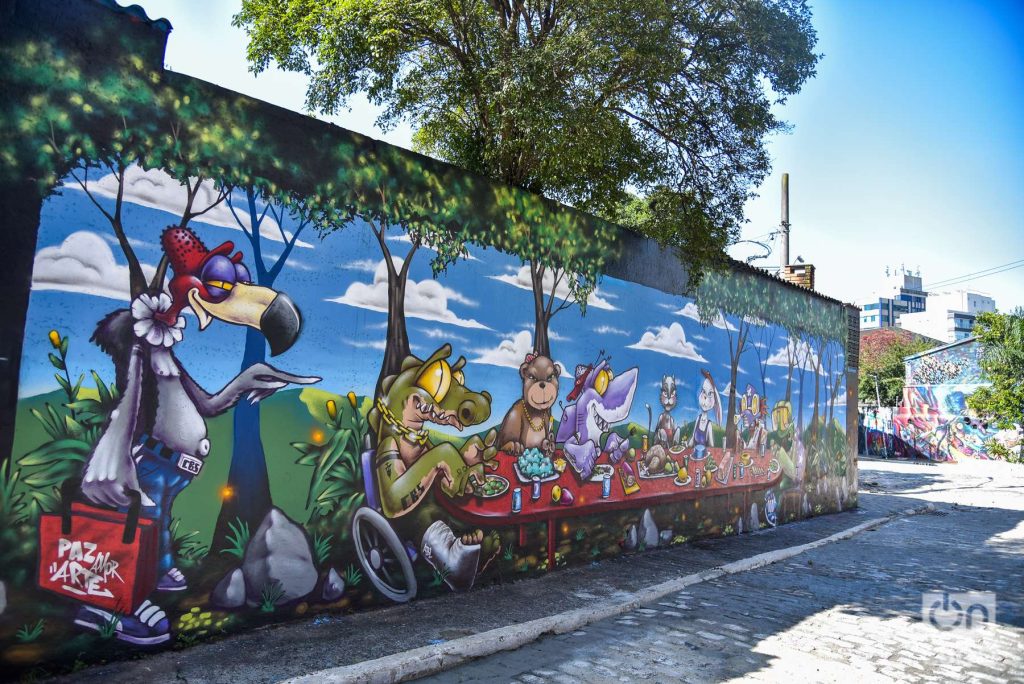
Muralism has a strong presence in various parts of Sao Paulo; but it is not known under what criteria this place was chosen, in the middle of a middle-class and very quiet neighborhood, to flood it with street art, a cultural expression born in the Bronx of New York, at the end of the 60s with a character of protest.
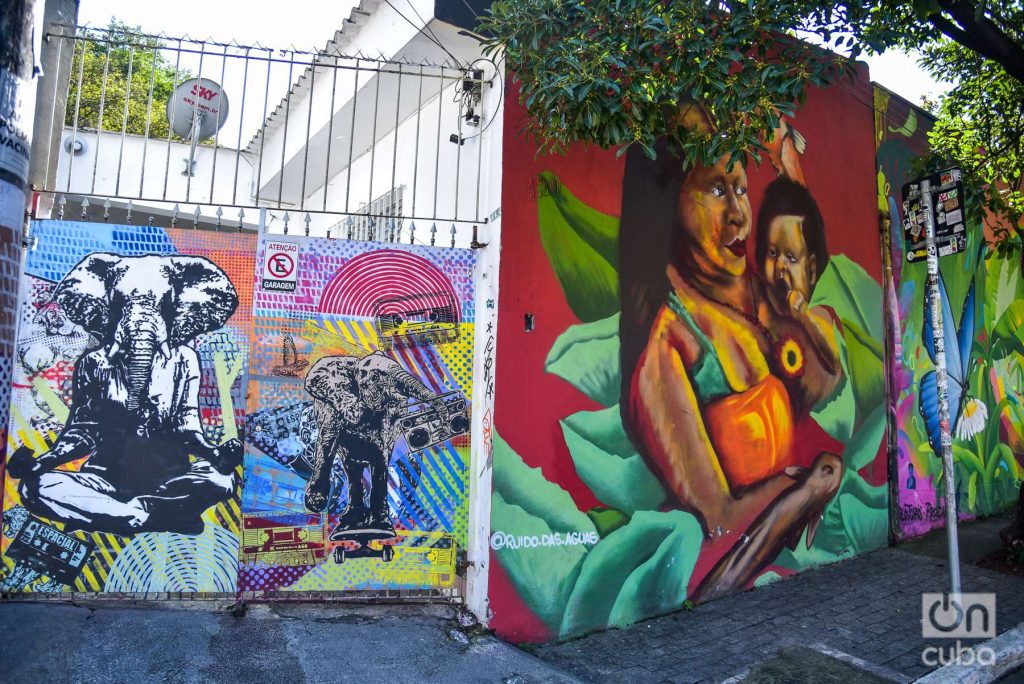
Many of the residents of the São Paulo neighborhood were involved in the creation of the new appearance of the alley. Some even work on the design and execution of new murals and graffiti together with the artists, who come from many other parts of Brazil or even from other countries.

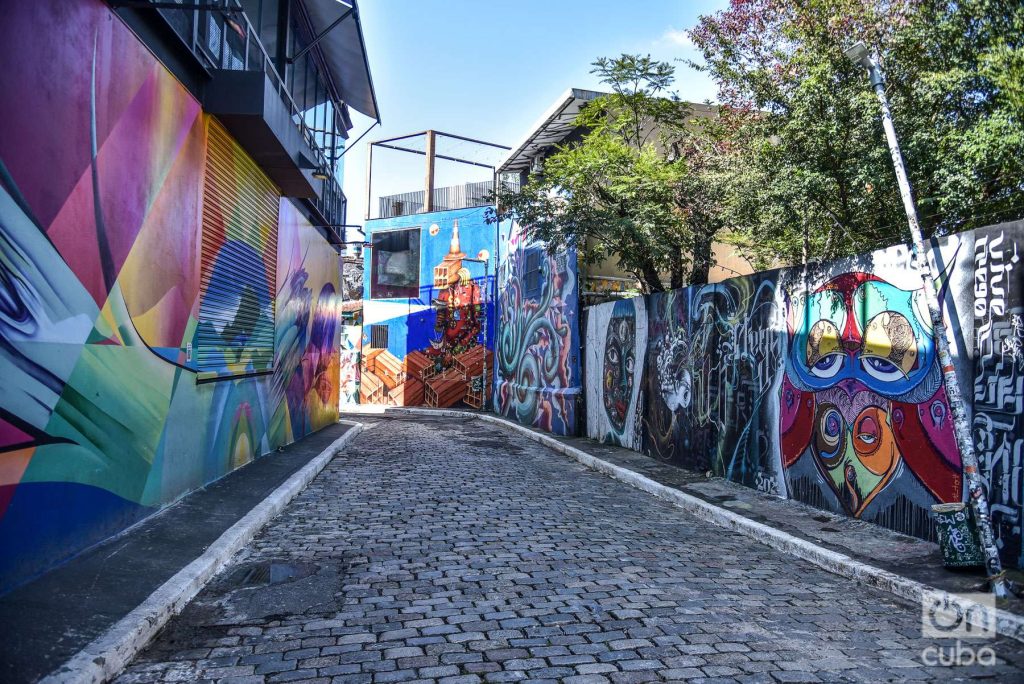
A special feature is the constant renovation on the site. Some walls have several layers of intervention; that is, an artist can capture his work, with his own style, on the painting of another. Through these colorful palimpsests the face of the alley mutates from time to time.

In addition to the murals and graffiti, Beco do Batman is a meeting place. In the area there are bars, restaurants and art and design shops with a relaxed and cozy atmosphere in the midst of the collective ephemeral art exhibition.
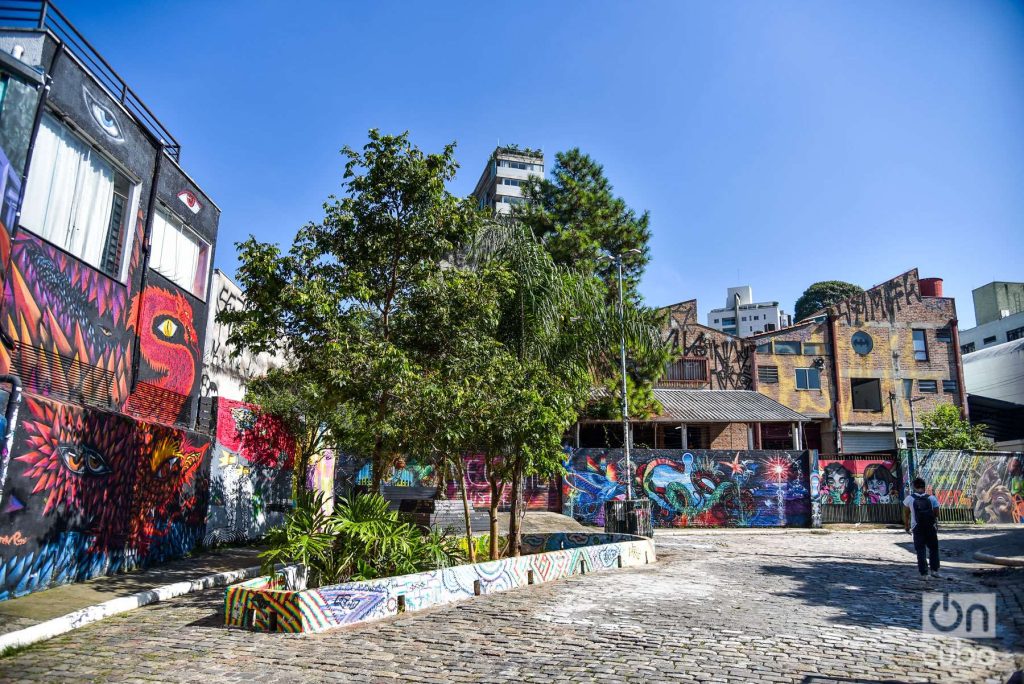
Just as painting, popularity and tourism brought Beco do Batman unprecedented economic splendor and recognition, the other side of the coin has been the loss of the alley’s quietness. As a sign of protest, some residents painted walls completely gray and put up signs hostile to the crowd. As it happens in other cities, increased rental prices and, with it, gentrification, that process of urban renewal and reconstruction that is accompanied by a flow of people from the middle or upper class that usually displaces the inhabitants who cannot compete with their level of consumption.
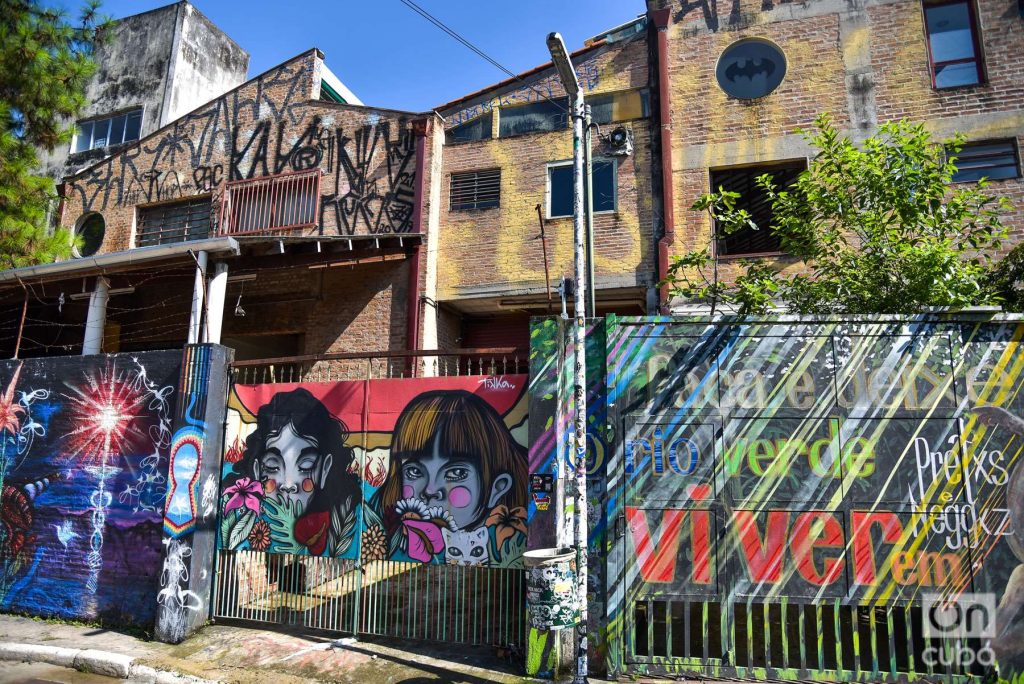
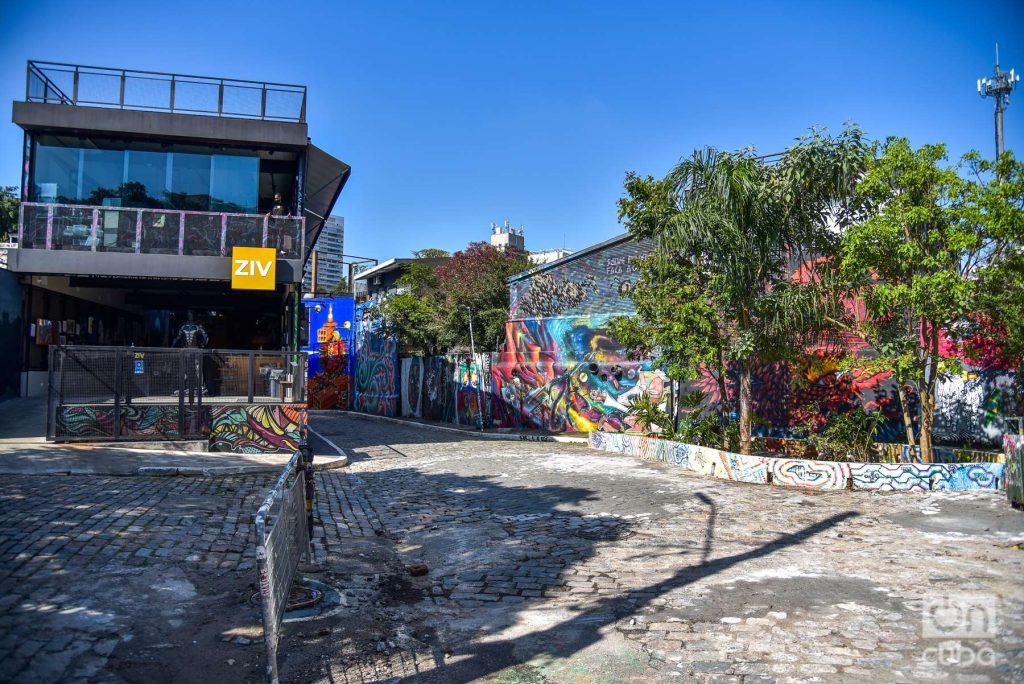
Despite these challenges, Beco do Batman stands out as a unique and vibrant place, a place that breathes art. It is a meeting station in Sao Paulo, for urban artists, visitors and photographers lost in the small streets of the big city.
